Product Introduction
The typical roller plating process is as follows: small parts that have been pre-treated are loaded into the drum, and the parts rely on their own gravity to tightly press the cathode conductive device in the drum to ensure that the current required for the parts to be plated can be transmitted smoothly. Then, the drum rotates at a certain speed and in a certain direction, and the parts roll and fall continuously after being rotated in the drum. At the same time, the main metal ions are reduced to metal plating on the surface of the parts after being affected by the electric field. Fresh solution outside the drum is continuously replenished into the drum through countless small holes on the drum wall, and the old solution in the drum and the solution generated during the electroplating process are also discharged from the drum through these small holes.
The roller plating production line produced has two forms: the drum has its own DC motor and the groove edge external transmission.
1. The drum has its own DC motor: the DC power supply is supplied to the groove edge as the power source, eliminating the cumbersome groove edge transmission device, the production line is neat and simple, and the drum can be steplessly adjusted. It is suitable for small roller loads and small quantities;
2. The drum groove edge external transmission form: suitable for large roller loads and large quantities. Small roller plating equipment is made of imported PP sheet, through cutting board, milling gear, computer punching, transmission part assembly, and welding. It has the characteristics of small size, easy operation, small footprint, low price, etc., and has always been greatly convenient for the majority of electronic factories or customers who need small amount of electroplating.
2. Application of roller plating: Generally suitable for roller plating of gold, silver, palladium, rhodium, nickel, copper, zinc, etc. Such as needle roller plating, resistors and capacitors, ceramic parts, jewelry, etc. are widely used to solve products that are not suitable for hanging plating.
3. Roller material:
① The general material is made of PP board, which is corrosion-resistant and resistant to high temperature (below 80 degrees).
② Transparent acrylic can also be customized according to customer requirements.
4. Components of small roller plating equipment:
①Roller plating machine
②Chemical tank (with copper tube or stainless steel tube)
③Electroplating rectifier (between 50A and 200A)
④Electroplating filter (between TF101 and TF201)
⑤Anode (titanium basket or other plates)
⑥Heating tube and temperature controller
⑦Others
V. Production method of roller equipment:
①Generally integrated, that is, the bottom is the rotating roller, and the top is the transmission part and the conductive hook; this kind of production generally does not bear very heavy weight (the weight between ② and ③)
②It can also be made into a transmission part outside the chemical tank, and the rotating roller is placed inside the tank; this kind of production can be designed under heavy load.
③It can also be made into a single-sided type. That is, the rotating roller is buckled on the gear plate and can be removed. This kind of production can be designed under light load.
VI. Customization requirements for small roller plating equipment: The customer needs to provide the following parameters: the length of the roller, the diameter of the roller, and the aperture of the roller. These three parameters can be customized. The diameter of the roller hole can be determined based on the size of the customer’s product; the diameter, length, and size of the roller can be configured based on the daily output. This is a small roller plating equipment customized by our company.
Small barrel plating machine
Small barrel plating machine
24-hour customer service online
Manufacturer’s genuine guarantee
Delivery speed commitment
Category: Small barrel plating machine
Be the first to review “Small barrel plating machine” Cancel reply
You must be logged in to post a review.

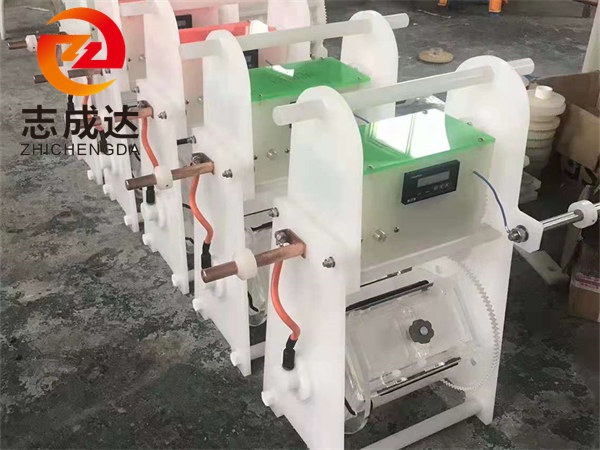
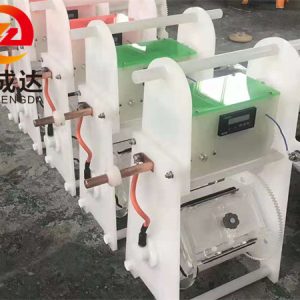
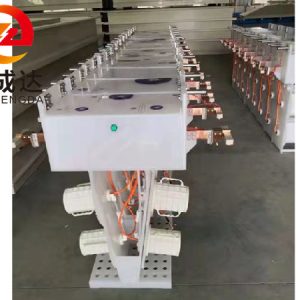
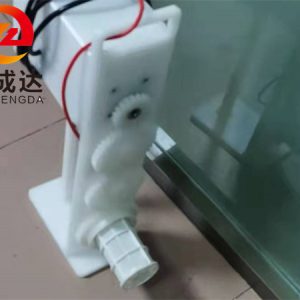
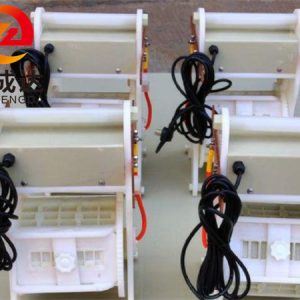
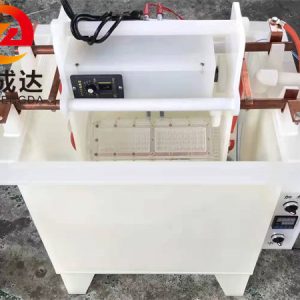
Reviews
There are no reviews yet.